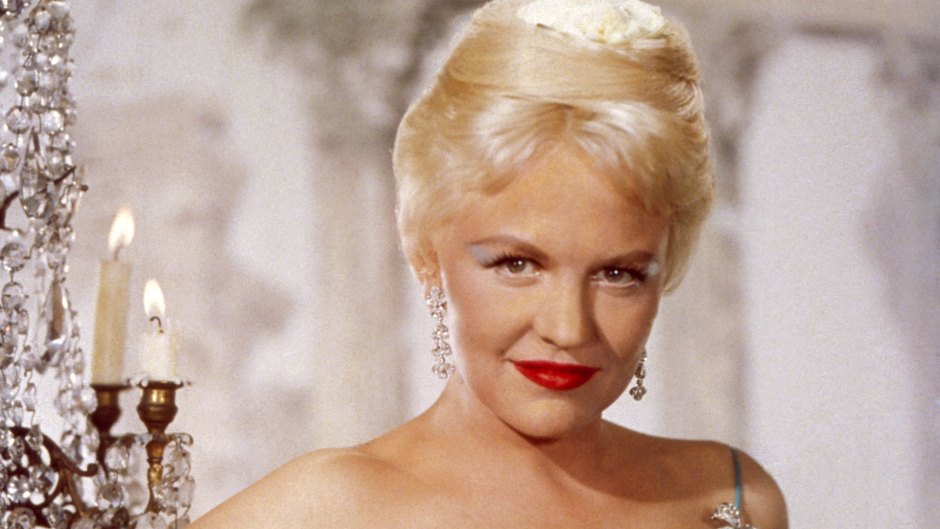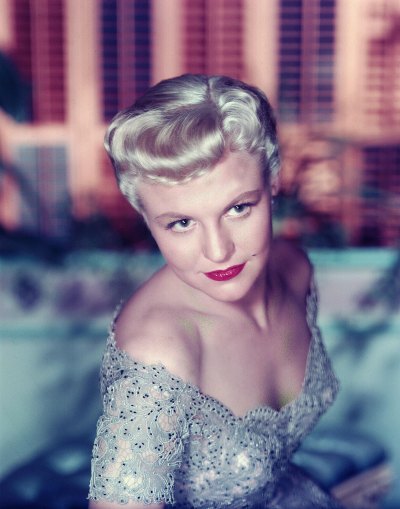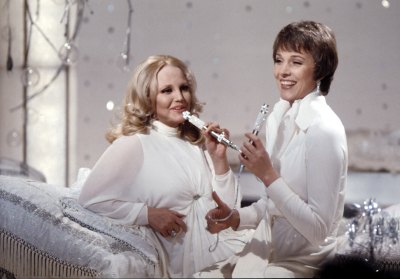
Shutterstock
Peggy Lee’s Granddaughter Says the Singer Was a ‘Real Professional and a Perfectionist’
One of Peggy Lee’s biggest hits was “Is That All There Is?” It’s a question she asked herself many times in real life, but she never took “yes” as an answer. “She didn’t accept the script that was handed to her,” the singer’s granddaughter, Holly Foster-Wells, exclusively tells Closer Weekly in the magazine’s latest issue, on newsstands now. “She created her own story at a time when it wasn’t really permissible for a woman to do it.
Peggy’s story began in rural North Dakota on May 26, 1920. (To mark the 100th anniversary of her birth, a new collection, Ultimate Peggy Lee, has been released.) After her mother died when Peggy was young, her father remarried a woman who was abusive to Peggy.

“Music became her escape from grim reality,” says Foster-Wells. She sang in glee clubs and at church and eventually began touring with an orchestra. That’s how she was discovered by Benny Goodman, who hired her for his band. “He put her on the map,” Foster-Wells says.
She fell for another member of Benny’s band, guitarist Dave Barbour. They married in 1943 and had a daughter, Nicki, and Peggy briefly quit singing. “What she longed for more than anything was a stable home life,” says Foster-Wells. But Barbour was an alcoholic, and the couple divorced in 1951. Over the rest of her life, “she married three other men and called those marriages ‘costume parties,’” says Foster-Wells. “They really didn’t matter.
What did matter to Peggy was music. She had hits with sultry songs like “Fever,” and became a successful songwriter as well, penning tunes and providing voices for Disney’s Lady and the Tramp. A smart businesswoman, she held on to the publishing rights for her songs, which Foster-Wells now handles. “She always said, ‘You can sell diamonds, but you don’t ever sell songs,’” Foster-Wells recalls.
Peggy’s dramatic singing style made her a natural actress. “Seeing her on stage was like watching a three-act play in one song,” says Foster-Wells. She earned an Oscar nomination as an alcoholic jazz singer in 1955’s Pete Kelly’s Blues, but never made another movie after that. “I loved acting, but my agents never brought me scripts,” she once said. “I was worth a lot more to them on the road.”

When it came to her music career, Peggy was in total control. “She was a real professional and a perfectionist,” says Foster-Wells. “She was involved in every aspect.” That set her apart from other women of her era. “At this point, women were being told that being a housewife was the ultimate goal, and she was the antithesis of that,” says Foster-Wells. “She was a divorced mother out on the road, not wanting to be an accessory to Frank Sinatra and his peers. She wanted to be one of them.”
That’s what she became, and she earned the respect and friendship of Frank and company. Tony Bennett even called her “the female Frank Sinatra.” “She took that as such a compliment,” says Foster-Wells. “Frank had a sexiness and swagger, and she was the female version of that.”
Peggy died at 81 in 2002, but her spirit lives on. “Before Madonna, Pink, Beyoncé and Lady Gaga, my grandmother had the drive, courage and passion to find her own sound and take charge of her career,” says Foster-Wells. “No one gave her permission — she just took it.”
For more on your favorite stars, pick up the latest issue of Closer Weekly, on newsstands now — and be sure to sign up for our newsletter for more exclusive news!







































